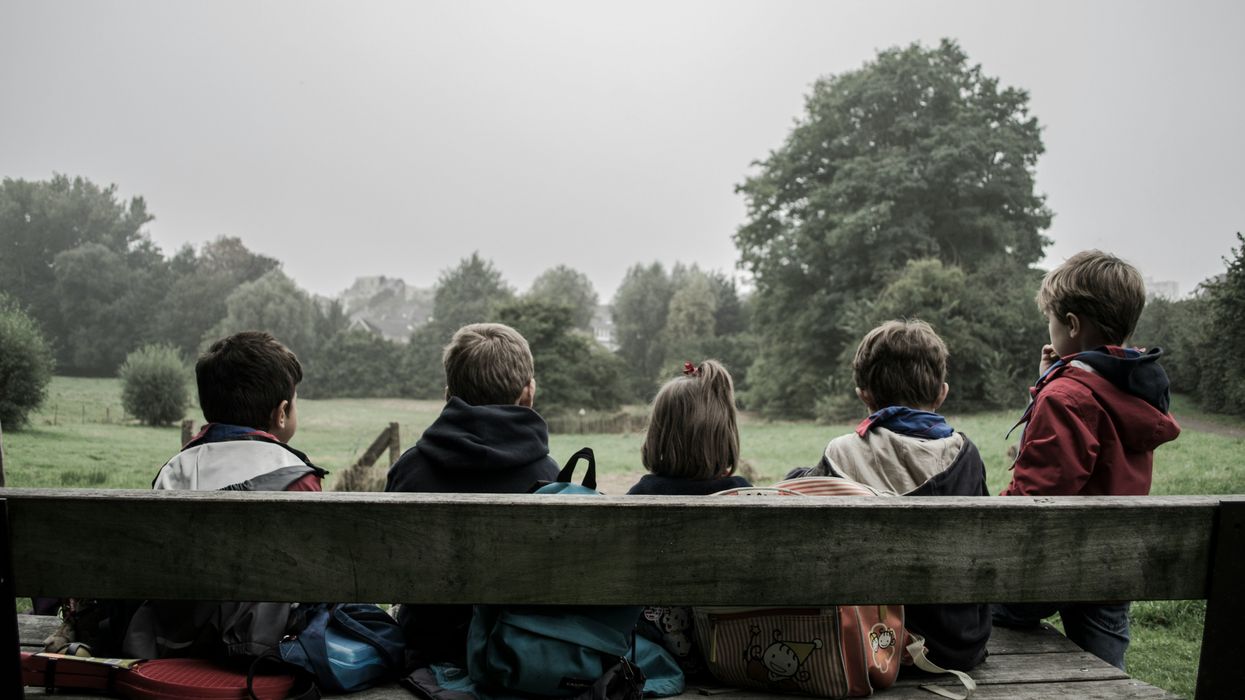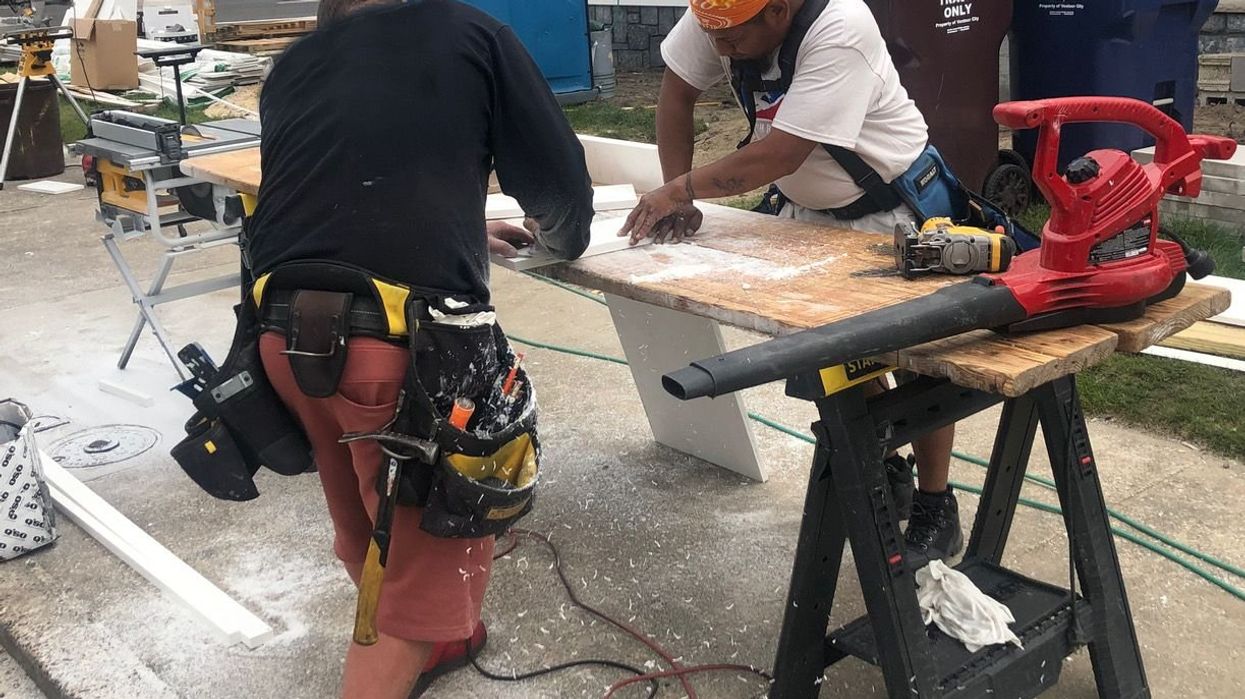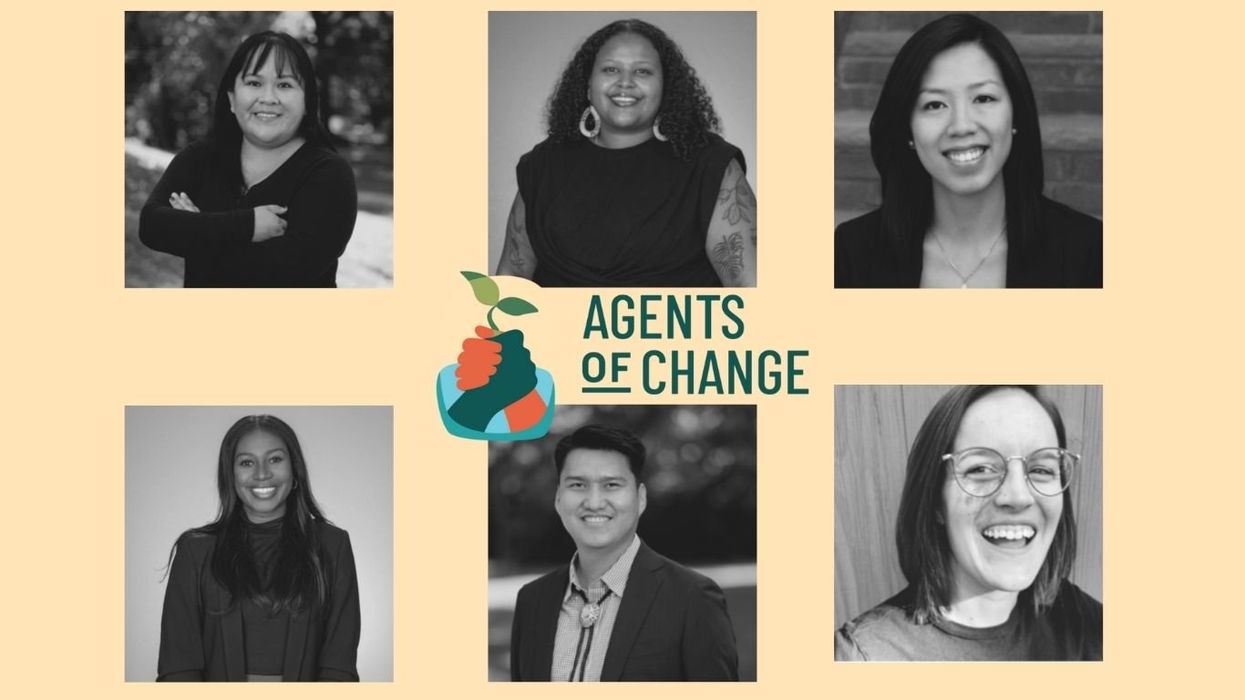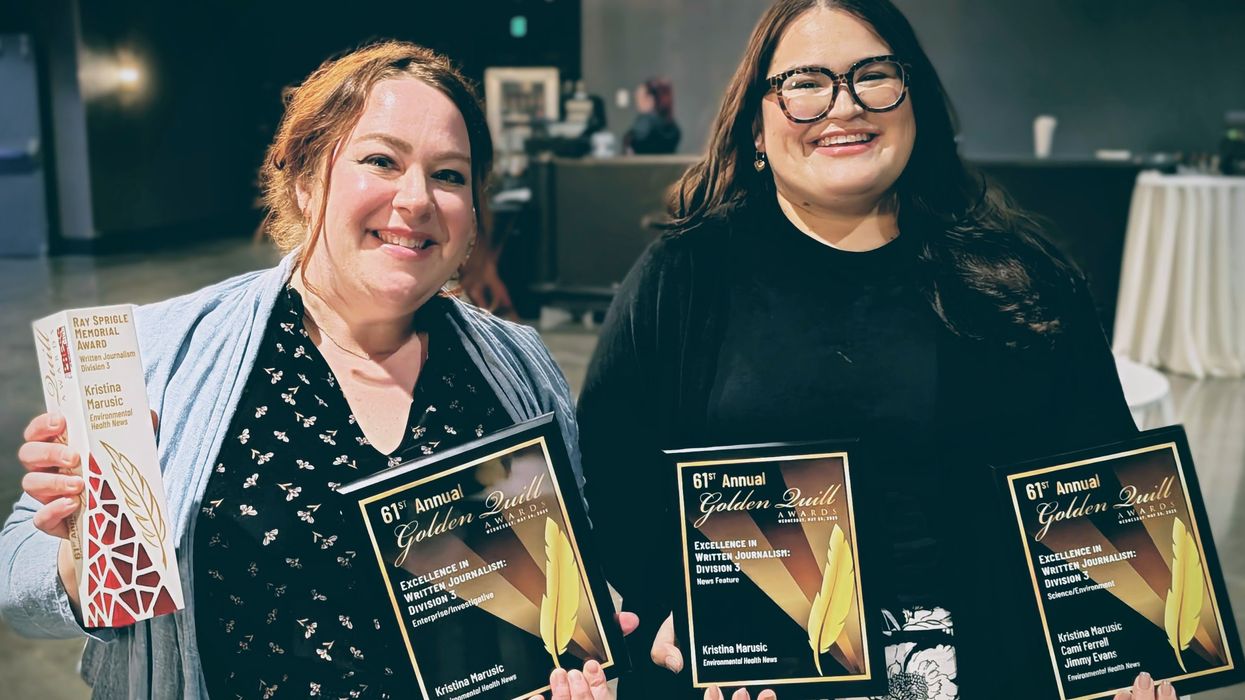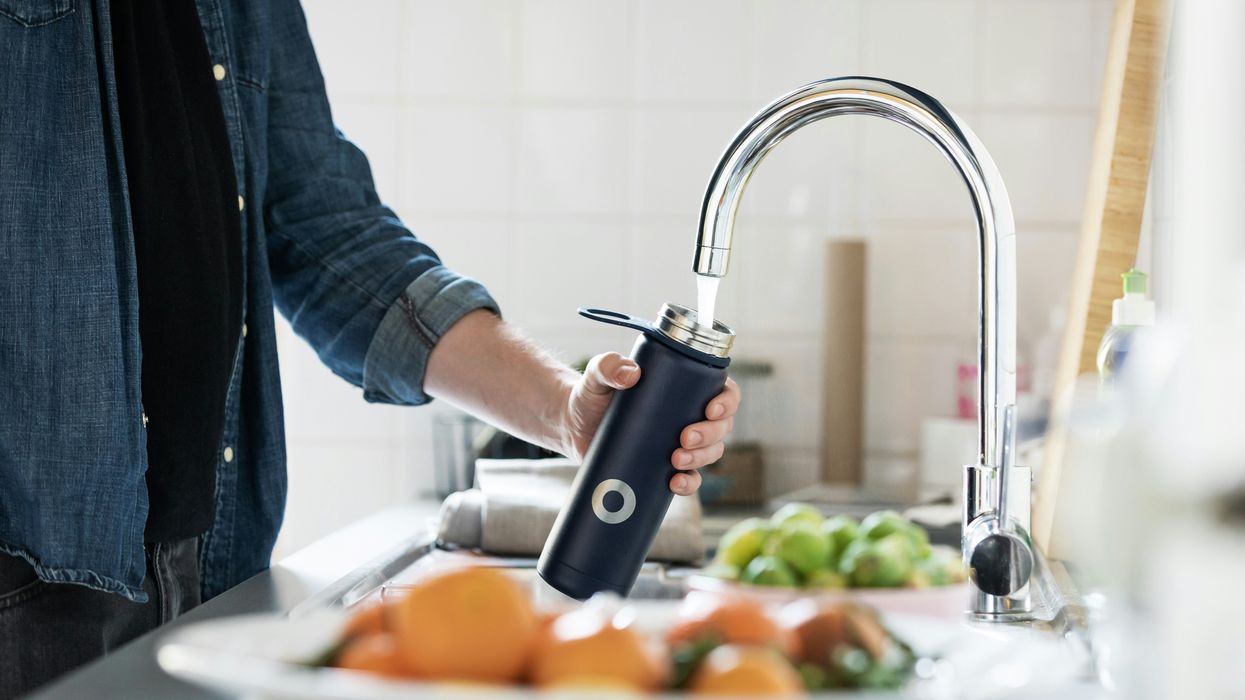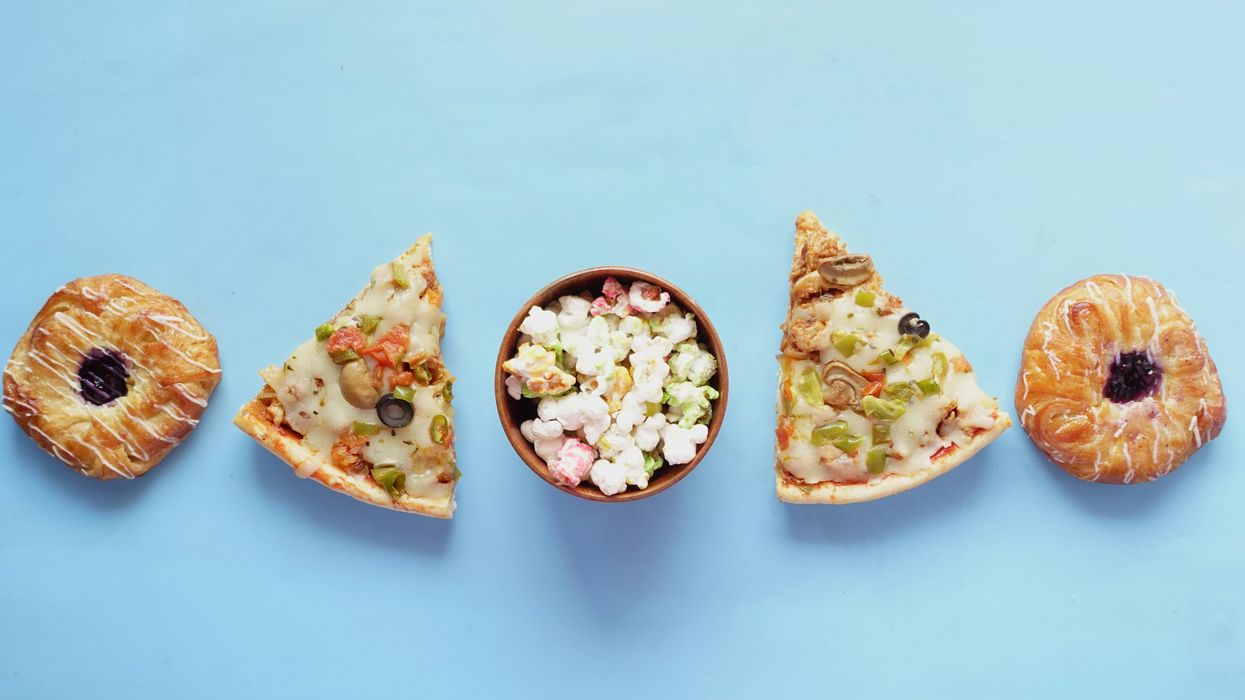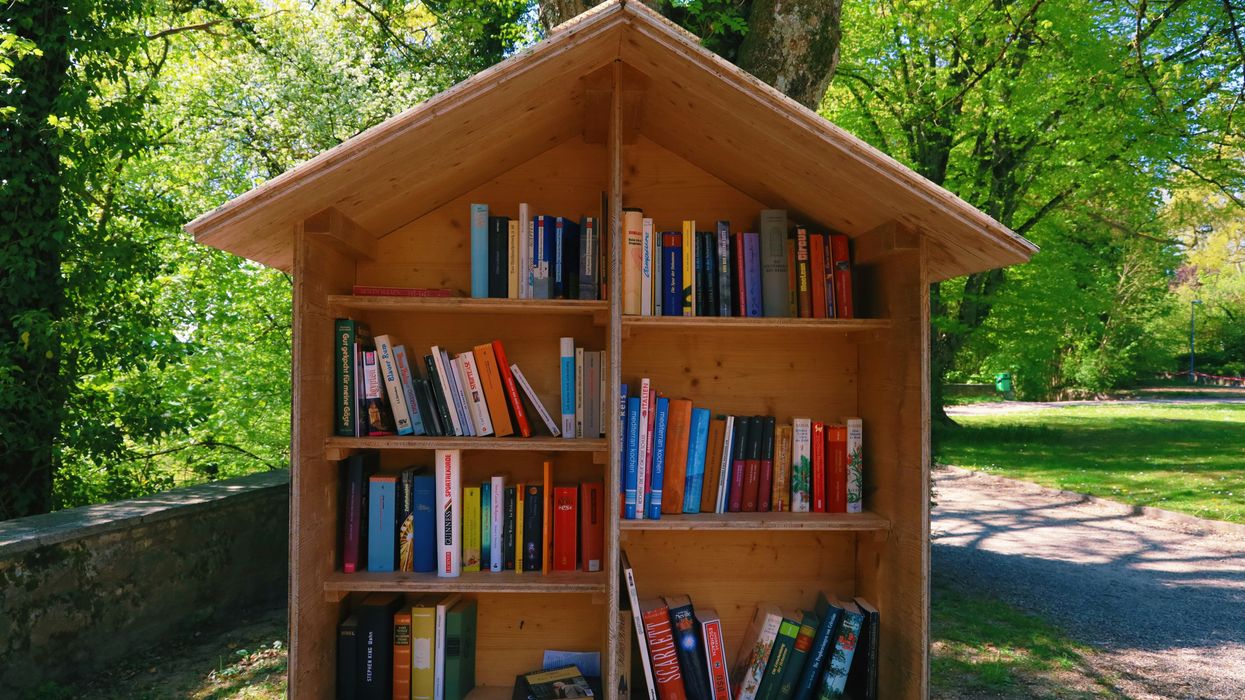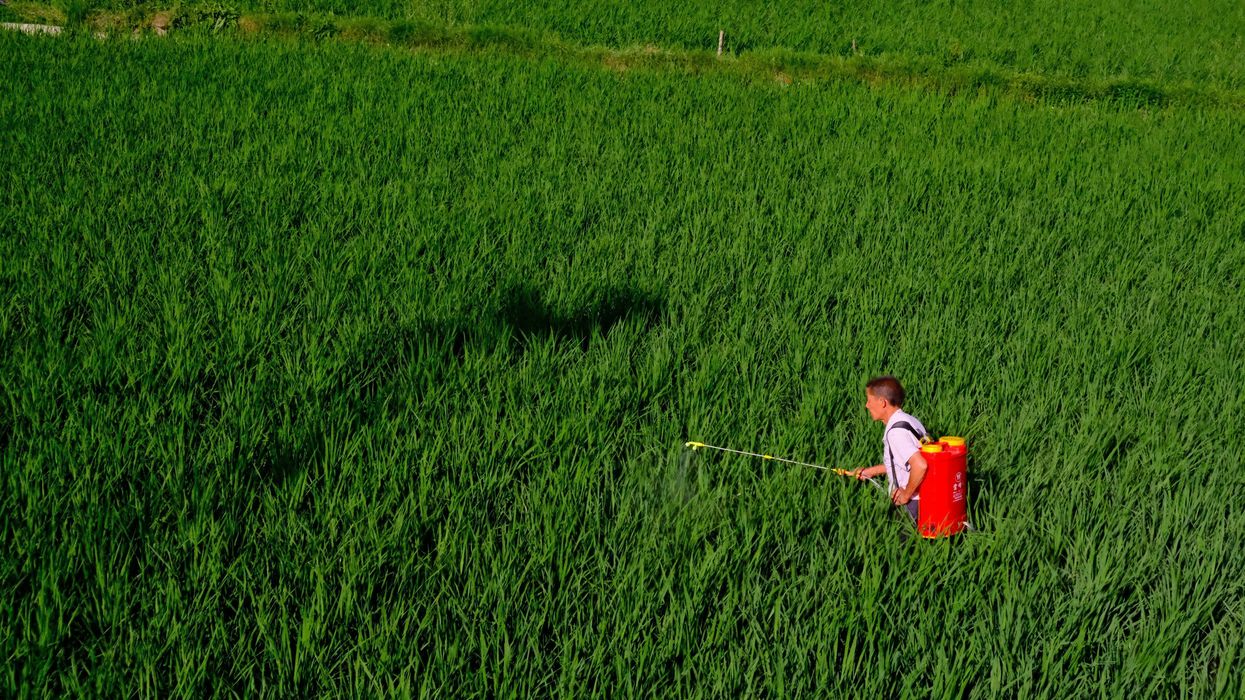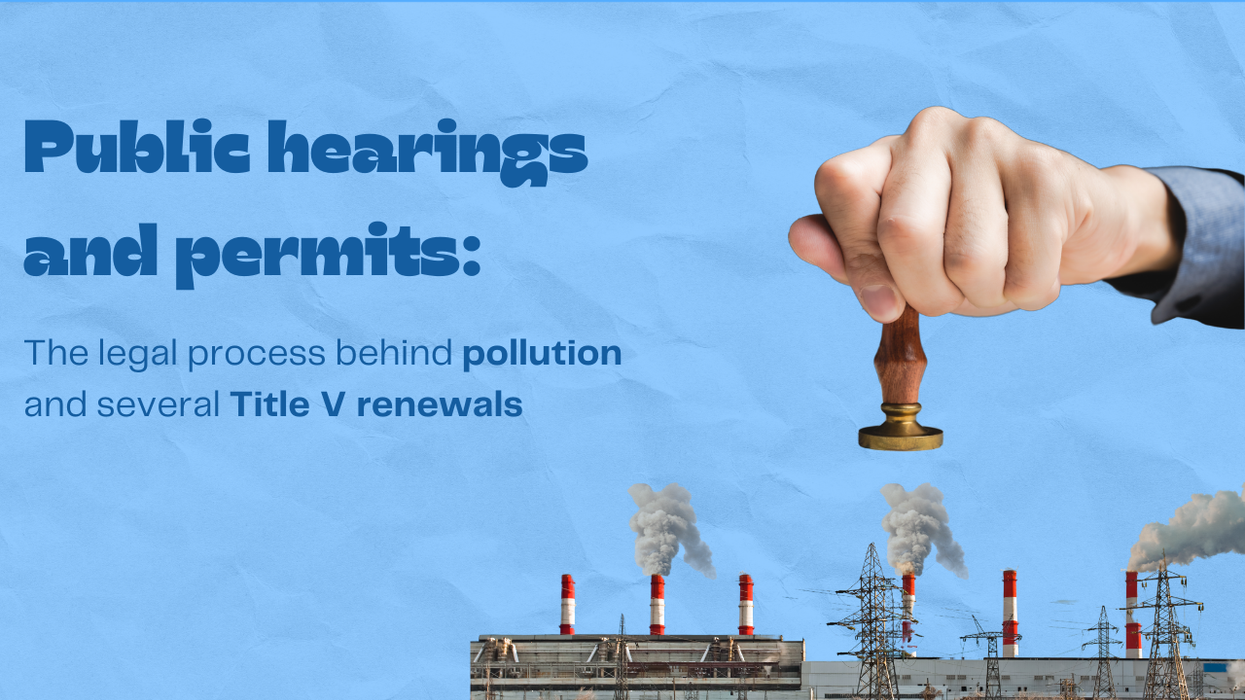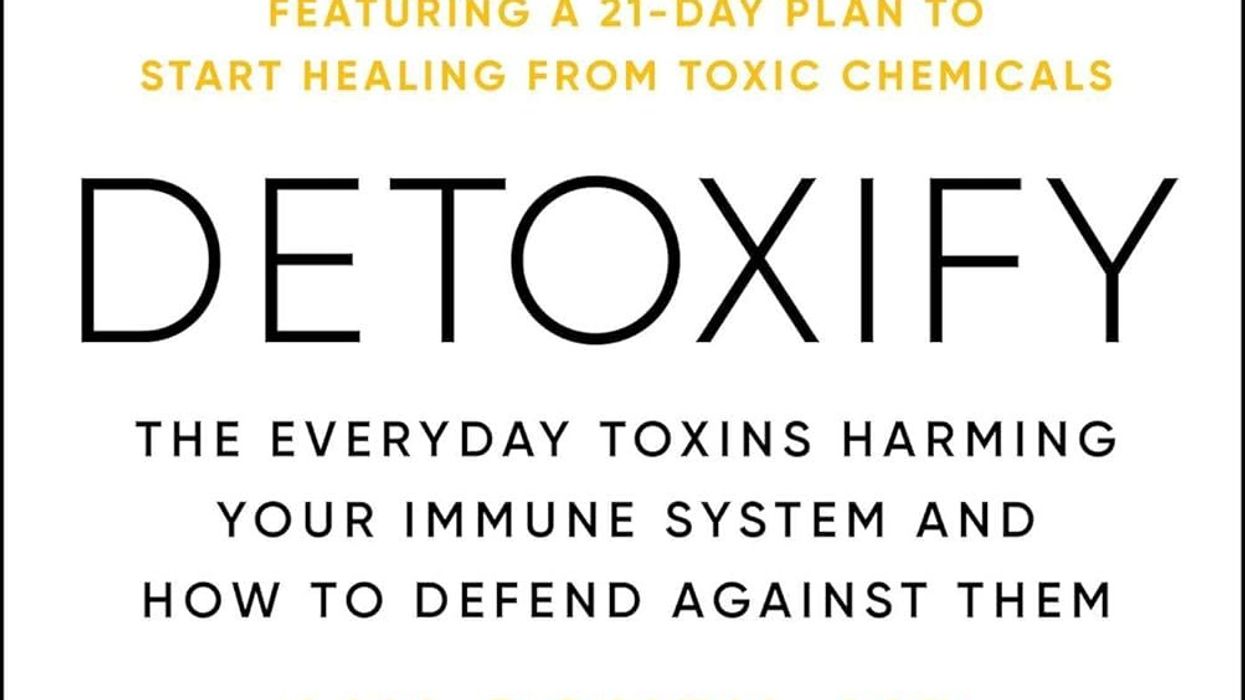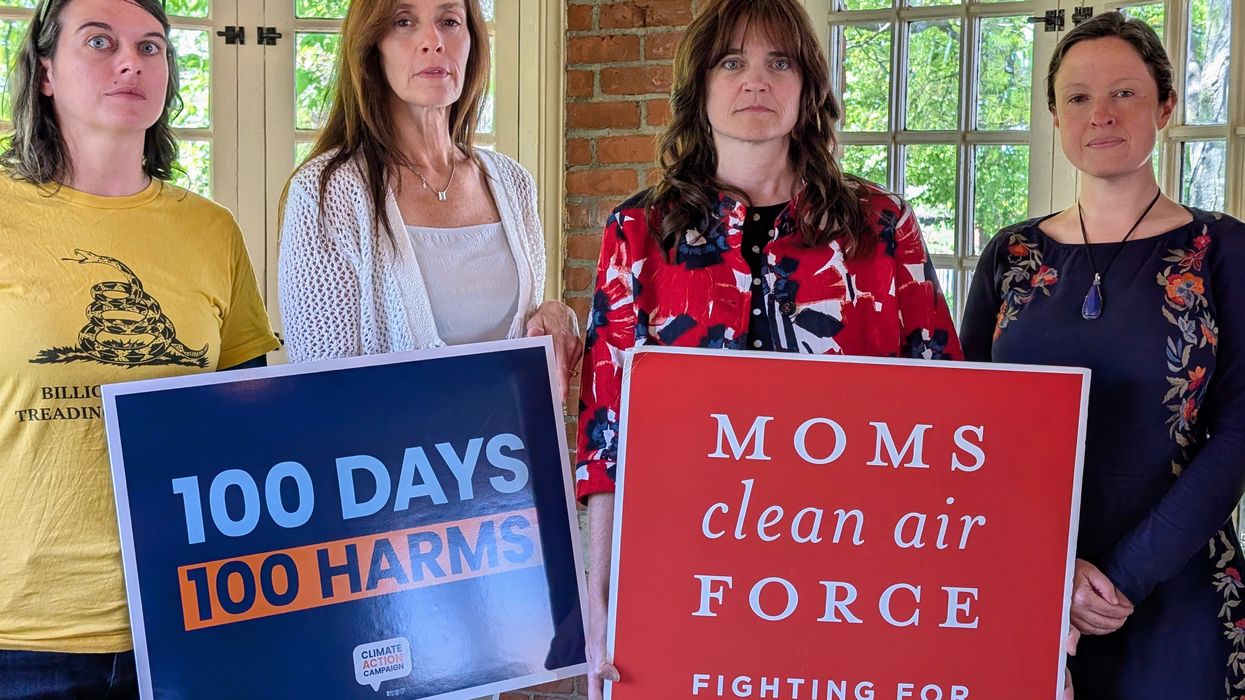When asked for his favorite bird, New York-based artist Iandry Randriamandroso pauses for a moment and answers—woodpecker.
“Woodpeckers are small but make a loud noise. Their color, posture, their physics when flying; everything is interesting and beautiful about them,” he says excitedly. “Woodpeckers can take a lot of shock. It’s amazing. Can you imagine what would happen to your head? It’s like that Concussion movie.”
Randriamandroso has always liked birds, but after a major mural project in Baltimore, Maryland, during which he worked closely with a bird scientist and researched birds extensively, finding EHN’s Winged Warnings series in the process, the artist has found ongoing inspiration.
Finding artistic inspiration in nature is nothing new. Finding artistic inspiration at the intersection of nature, community and science is more multi-layered. Randriamandroso broke down his artistic process for EHN, detailing how birds as beautiful creatures, and an indicator species, are the perfect messengers.
Growing up in the forest in Madagascar, Randriamandroso lived in the middle of nature but, he says, without a sense of its importance or the need for conservation and protection. He took it for granted as his family raised their own food and lived simply in their lush surroundings.
After moving to Queens, New York, to pursue a Bachelor of Fine Arts degree from St. John's University, and recognizing the increasing development threatening Madagascar’s wild places, his environmental awareness set in.
For the community part of his art, he considers an artist, as first, a member of the community; drinking the same water, breathing the same air, depending on the same resources as everyone else. An artist’s role in, and gift to, that community, is as an image-maker. His responsibility is to create images to foster dialogue and create change for the common good.
Randriamandroso’s bird images started with the B’more Birds mural project. Birds were chosen— for their connection to the local environment, their resilience and adaptation, and their universality—by project stakeholders the Baltimore Office of Promotion & The Arts, The York Road Partnership and Govanstowne Business Association—to beautify and connect different communities on the York Road corridor between 43rd Street and Glenwood Avenue in north central Baltimore, Maryland.
While prepping, someone invested in the project sent him a link to EHN’s Winged Warnings series, which he says he “devoured.” The 2014 series highlighted the environmental challenges facing birds around the globe.
The interactive Global map: 50 birds at risk, included in the series’ first story, became a go-to tool for the artist who has since gone on to create bird art on crushed cans recovered from city streets. In the project he turns the cans into the form of a bird in flight for an exhibit in Wilmington, NC.
For his can pieces, he scavenges only already crushed cans to use. Discarded but intact cans he leaves for those who collect them for money. Reverse vending machines that pay out per can read the barcode on the uncrushed ones.
“This kills two birds with one stone,” Randriamandroso says, laughing and calling the clichéd phrase terrible, but accurate. “Picking up cans is a small thing but we don’t need to wait for a large movement. We can all do little things to add to the solution. This reuses trash and highlights birds’ importance through art.”
Science comes into play for Randriamandroso in the backstory. For B’more Birds, working with a bird expert on the mural project was important to ensure accuracy in the choices of local birds to depict, and in the educational materials and activities. He continues to develop materials, such as a coloring book and block puzzle, to promote B’more Birds and the vital role of birds in our world.
Randriamandroso believes visual art can reach people who see everything but may not get messages about the natural world in other mediums. The images are artistic depictions and the information behind the images must be accurate. Accuracy is especially important for when - as community art is meant to engender - people are inspired to connect, talk, learn and take action.


